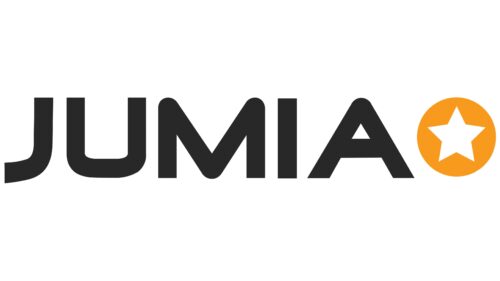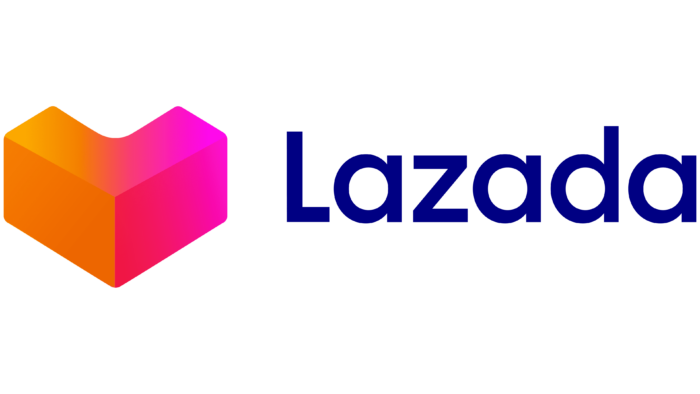The Jumia logo symbolizes accessibility, reliability, and convenience, reflecting the brand’s desire to become a leading e-commerce platform in Africa. The emblem’s design highlights the company’s focus on meeting the needs of a wide range of users by offering products and services that make life easier and better.
Jumia: Brand overview
The story of Jumia began in 2012 when Tawfik Abdelbari, along with former McKinsey & Company employees Sacha Punyanmur and Jeremy Hodara, founded the company in Nigeria. Initially, the venture was called Kasuwa, which means “market” in Hausa. The founders recognized the immense potential for e-commerce in Africa, where traditional retail faced significant challenges like poor infrastructure and limited product availability for many consumers.
Shortly after its launch, the company was renamed to reflect its pan-African ambitions. The name was chosen because it was memorable, easy to pronounce, and carried no specific meaning in any African language, making it appealing across the continent.
In its first year, the company focused on building a robust e-commerce platform and optimizing logistics in Nigeria. It initially offered electronics and appliances but gradually expanded its product range as customer demand evolved.
The business experienced rapid growth in 2013, expanding into Kenya, Egypt, Morocco, and the Ivory Coast. This move was part of a broader plan to create a pan-African e-commerce platform. The company tailored its approach to each country, considering the unique market dynamics and consumer preferences.
In 2014, significant investment from notable investors like MTN Group, Millicom, and Rocket Internet enabled further expansion and the introduction of additional services. That same year, the launch of Jumia Travel, a platform for hotel and travel bookings, marked the first step toward creating an ecosystem of various online services.
In 2015, the company launched a food delivery service quickly gaining popularity in major African cities. The business also invested heavily in expanding its logistics network and establishing its delivery infrastructure and warehouses.
The introduction of an app in 2016 allowed users to pay for various services, including utility and mobile bills. This initiative aimed to address the limited access to financial services in Africa.
By 2017, the services were consolidated under a unified brand, creating a more streamlined user experience and boosting brand recognition. That same year, a faster delivery option was introduced for select items.
In 2018, the company took a significant step toward financial inclusion by launching a payment platform enabling secure online transactions. This move was particularly important in markets where traditional banking services are less accessible.
The year 2019 was historic as the company became the first African tech firm to list on the New York Stock Exchange with its initial public offering (IPO) on April 12. The IPO provided additional capital for growth and highlighted the African tech industry’s potential.
Despite global challenges in 2020, the business continued to expand its ecosystem, focusing on developing its payment platform and logistics services and offering them as standalone products to other businesses. This strategy helped strengthen its market position and diversify its revenue streams.
In 2021, strategic partnerships with major global brands like Carrefour and Xiaomi enhanced product offerings and expanded reach.
In 2022, efforts concentrated on improving efficiency and refining business operations. The company closed less profitable divisions and reorganized several areas to focus on key markets and services.
By early 2023, the platform had become the leading e-commerce platform in Africa, serving millions of customers across more than ten countries. Investments continued in expanding financial services, upgrading logistics infrastructure, and advancing technology.
The company faced numerous challenges throughout its journey, including inadequate infrastructure, limited internet access, and consumer skepticism about online shopping. However, these obstacles were overcome by adapting strategies to local conditions and continuously innovating.
The success of this e-commerce platform illustrates how a technology company can thrive in Africa’s complex and diverse market, providing value to consumers and contributing to the continent’s digital transformation.
Meaning and History
What is Jumia?
Headquartered in Lagos, Nigeria, Jumia is Africa’s leading technology giant providing a convenient and affordable online shopping marketplace, offering a wide range of products from fashion to electronics and revolutionizing the way people shop on the continent. Since its inception in 2012, Jumia has changed the perception of online shopping across the continent, becoming the destination of choice for millions of consumers in Africa.
2012 – 2020
2020 – today
The logo of Jumia, a pan-African company involved in e-commerce, payment services, and logistics, draws attention with its modern design. The company name is rendered in a wide font reminiscent of the NASA lettering style. This font is characterized by smooth lines as if the letters are “made of worms,” consisting of a single bold stripe that gently curves to form rounded corners on the glyphs. The exception is the letter “I,” designed as a vertical column.
The text is in uppercase letters, and its flat form makes it easily readable on any electronic device. At the end of the emblem, a white five-pointed star is inside an orange circle.
The orange circle with the white star acts like a seal on the company’s image, emphasizing its coolness and drive for perfection. The font evokes associations with innovation and reaching new heights, as if the company is soaring forward like a rocket. All logo elements work harmoniously, creating the impression that this company is always moving forward.






